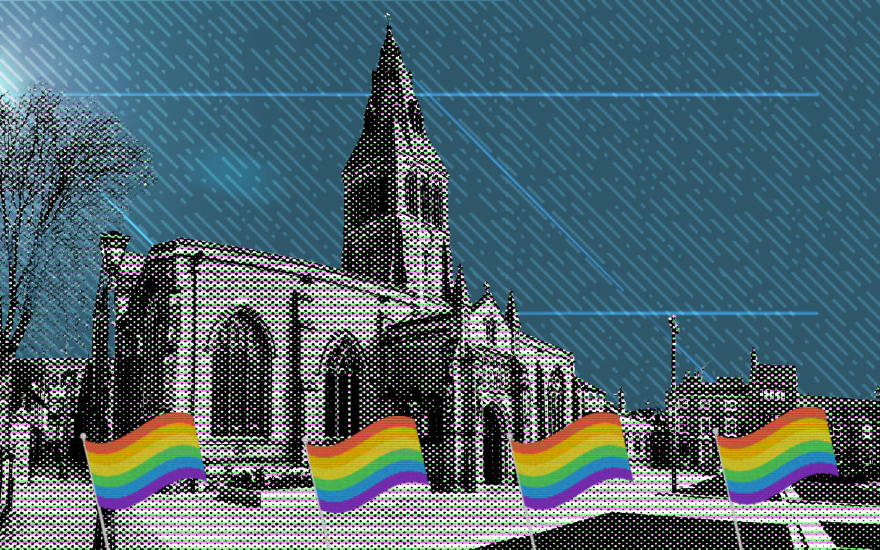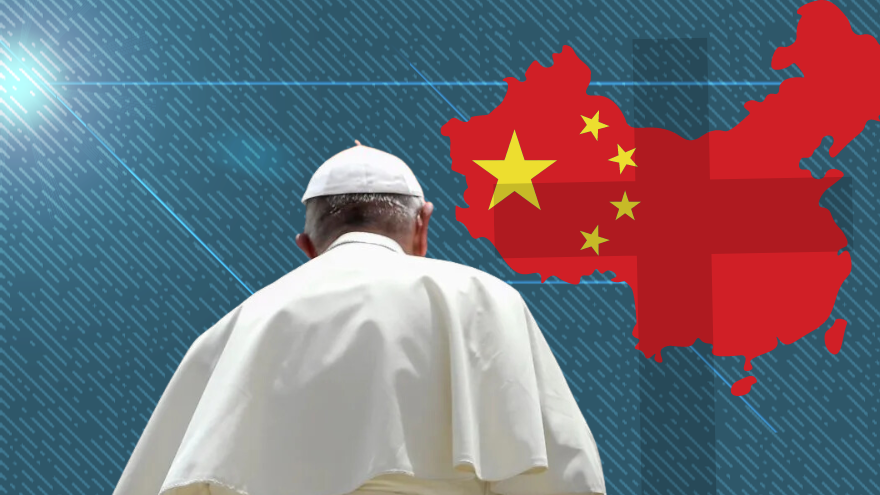The second-largest Protestant denomination continues to hemorrhage members as questions about theology, marriage and sexuality theory continue to divide members.
The United Methodist Church announced on June 9 that more than 5,320 churches had formally received permission to disaffiliate following the church’s annual conference.
Disaffiliations have skyrocketed since the church’s General Conference approved a law permitting a congregation to leave with their property if they meet certain criteria in 2019. That included obtaining the approval of two-thirds of their congregation and their regional governing body. The church will also need to make certain financial commitments, including paying a portion of clergy pension liabilities. The provision expires in 2023.
The movement has rapidly grown within the UMC. Approved disaffiliations grew from 16 in 2019, to 64 in 2020, to 178 in 2021, to 486 in 2022. Then, at a special session of the General Conference in 2022, just over 2,000 churches belonging to the UMC were granted the right to disaffiliate.
The UMC conference of churches in Kentucky leads in disaffiliations, with a cumulative total of 357. It is followed by North Alabama with 331, and Indiana with 318.
UM News reported in December 2022 that “the denomination’s long, gradual numerical decline in the U.S. has accelerated due to local church disaffiliations” and that the break up was due to “decades of internal division about the role of LGBTQ people in church life.” At the time, over 2,000 or 6.6% of American UMC congregations were leaving the overarching organization. There are an estimated 30,000 UMC congregations in the U.S. and 13,000 international congregations.
In 2019, the General Conference voted 438-384 to maintain a ban on same-sex marriages. However, some UMC members have taken a progressive stance on the matter, while opponents of changing church law claim the developments weaken UMC theology.
In 2016, the Western Conference of the UMC elected the first openly lesbian bishop — Karen Oliveto – despite rules barring “self-avowed practicing homosexuals” from entering the clergy. The same conference, which includes western states and Alaska, elected an openly gay bishop, Cedrick D. Bridgeforth, in 2019.
“[Liberal clergy] are the ones who are not abiding by the pronouncements of our General Conference, which speaks for the entire church,” Reverand Keith Boyette told Fox News Digital in June of 2022. “So they’re acting in violation of the provisions of our Book of Discipline, which undermines the effectiveness of the church.”
According to the UMC’s website:Homosexuality was first openly debated at General Conference in 1972, four years after the formation of The United Methodist Church, resulting in the addition of [a] first statement on homosexuality. While affirming belief that persons of homosexual orientation are persons of sacred worth who need the ministry and guidance of the church, the statement added that the church “does not condone the practice of homosexuality and considers this practice incompatible with Christian teaching.”
With a body of over 12 million members globally, United Methodists are not of one mind about how to be in ministry with lesbian, gay, bisexual, transgender and queer people… While the church has official statements regarding homosexuality, all members can disagree with the church’s positions and can advocate for change in policy… At every General Conference since 1972, global delegates have grappled with differing views as they made decisions about whether or how to include LGBTQ people in the church..
Traditionalists and traditional congregations have pulled away from UMC leadership and, in some cases, have turned to the Global Methodist Church, which maintains that marriage can only occur between a man and a woman.

